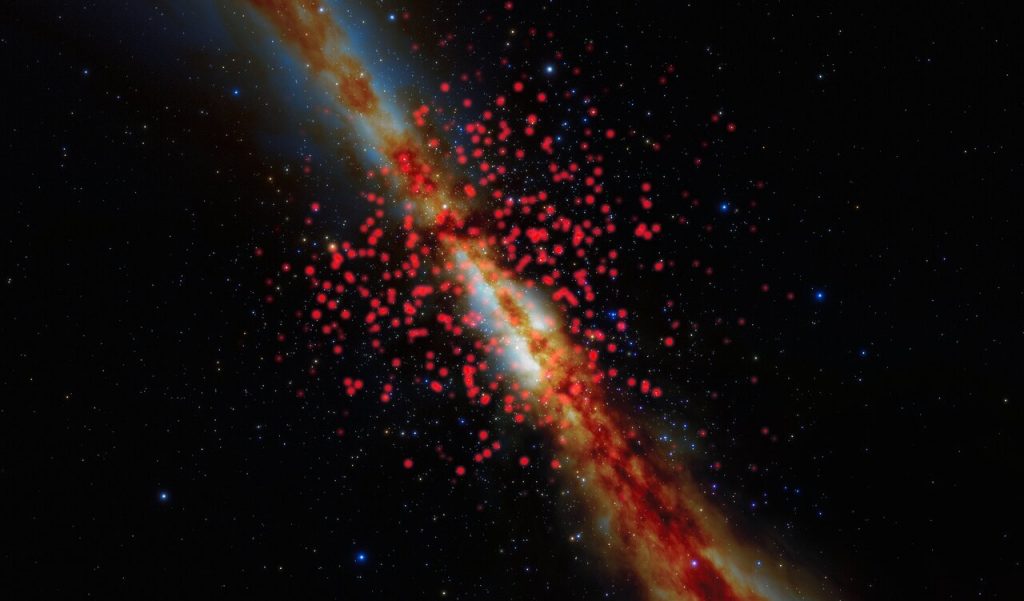
DESI is such an amazing survey, and its data is being used for several studies. Citizen scientists from the Backyard Worlds: Planet 9 project delved into the data they were provided and helped put together a 3D map of nearby brown dwarfs. We’ve talked about brown dwarfs before on the show, and to quickly recap, they are very cool, very large objects — much bigger than Jupiter — that didn’t have enough mass to start nuclear fusion and become active stars. Because they are cool and usually not orbiting another star, they are very difficult to find.
This new map shows the location of 525 brown dwarfs, all within 65 light-years of the Sun, and includes 38 brand new discoveries. Yesterday’s announcement at the AAS meeting continues a story we covered back in August of last year where the Backyard Worlds project announced the discovery of nearly 100 brown dwarfs. Co-author Aaron Meisner commented: The Backyard Worlds project shows that the general public can play an important role in cutting-edge astronomy. Volunteers ranging from high school students to retired engineers are helping uncover groundbreaking discoveries lurking in existing telescope data.
And lead author J. Davy Kirkpatrick summed up the work: Brown dwarfs are the low-mass byproducts of the process that forms stars, yet the least massive of them have many characteristics in common with exoplanets. They’re exoplanet laboratories, but since they are usually by themselves and lack the complications caused by a blinding host sun, they’re much easier to study.
We look forward to more work from this study and the citizen scientists involved. The paper will appear in The Astrophysical Journal Supplement.
More Information
“The Field Substellar Mass Function Based on the Full-sky 20-pc Census of 525 L, T, and Y Dwarfs,” J. Davy Kirkpatrick et al, to be published in Astrophysical Journal Supplement (preprint on arxiv.org)




 Join the Crew!
Join the Crew!
 Escape Velocity Space News
Escape Velocity Space News
0 Comments